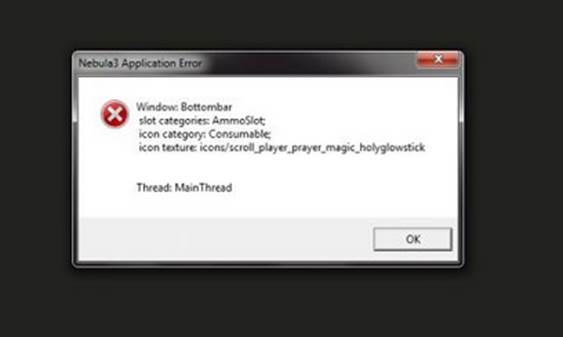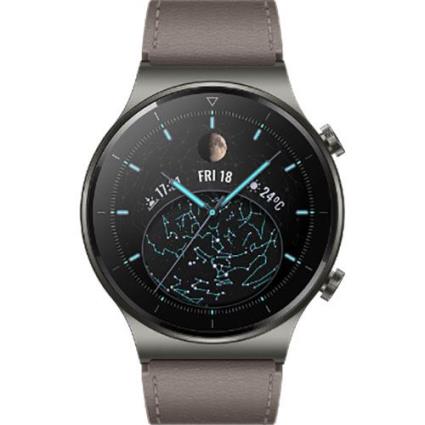
Entering a value into one of the other top-most column-entries will set this attribute value to all displayed textures. The left hand sides gives a tree-view of all texture categories, and it’s possible to either display all textures, or textures of a given category, and it’s also possible to further filter the textures by a pattern (for instance to display all normal textures of the “armor” category, click on “armor” in the tree view and type “*_bump.*” into the top most line of the “File” column. The tool manages the same information as the Excel table it replaces, but has much better filtering and manipulation features. Drakensang has around 15,000 textures however, and this is way beyond the territory where Excel is starting to become a pain in the ass. For a small project with a few hundred textures this works pretty well. The Excel table allowed to give each individual texture its own set of attributes. The very first custom tool in C# (to try the waters so to say) was a simple replacement for an Excel table which defined texture attributes (stuff like the size and DXT format of a texture, mip-map quality and so on). Excel tables and raw XML files don’t scale up very well because they lack game-specific features for filtering, searching, statistics, and of course the possibility of human error is very high, and finding and fixing those errors isn’t much fun either. But for complex RPG games, the number of work items is in the range of tens-of-thousands (quest tasks, dialog takes, voice over snippets, graphics objects, textures, items, NPCs, monsters, behaviour scripts, and so on…). This works pretty well if the number of “work items” is around a few hundred. We have traditionally been using Excel tables and XML files compiled into an SQLite database for “game data”.

But especially in the domain of “game-logic stuff” there are basically no standard tools, so the situation is much more dire compared to graphics or audio tools. Each new custom-tool requires permanent maintenance work and if a “standard industry tool” exists for a job it is usually better to just use this. Traditionally we have been (and still are) a bit conservative about inhouse tool development and try to avoid re-inventing wheels as much as possible. Two new classes of heroes: the Geodes (rare Aventurian druids of the dwarfs) and the Gjalskerland inhabitants (tenacious and hard barbarians).Īdvanced expert mode and adjustable levels of difficulty.We have ramped up tools development at Radon Labs considerably during the development of the two Drakensang games. There will be two new character archetypes to play, tons of new foes and monsters as well as equipment items. Living on a ship, players will experience a broad variety of RPG quests.


#Drakensang erro nebula 3 series#
Depending on the choice of character, and behavior, new opportunities and series of quests will come up. The story will contain more twists than in Drakensang: With every place the player visits, his view on things will change. Many mythical legends entwine around this river and will also flow into the main plot. Starting in Aventuria’s Middenrealm in the city of Ferdok, the story of the games takes players down the Great River to the city of Nadoret.

The new story brings many innovations and new game elements for experienced as well for first time players, who will jump right into the fascinating medieval fantasy RPG scenario of Drakensang: The River Of Time. The prequel to Radon Labs' award-winning RPG, Drakensang: The River of Time introduces a brand new story within the Drakensang universe.


 0 kommentar(er)
0 kommentar(er)
